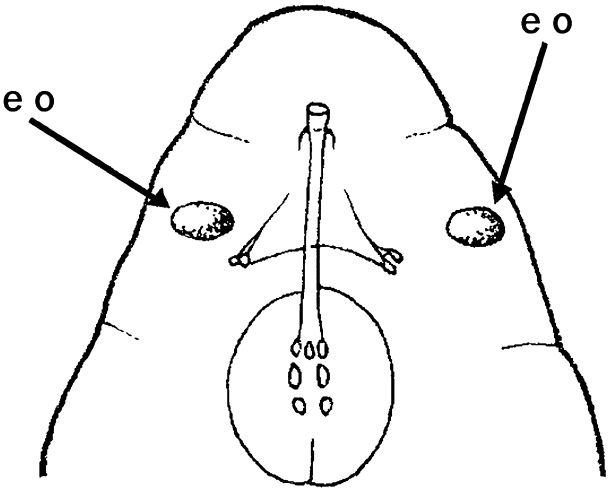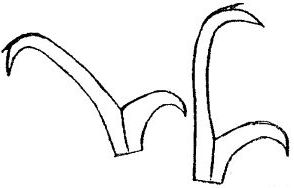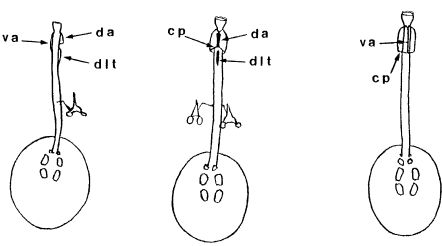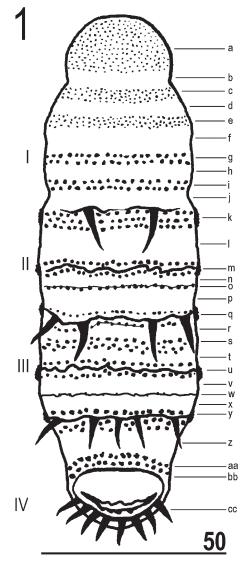Genus description from Thulin 1928: “Krallen vom ersten Typus. Placoidenreihen des Schlundkopfes kurz, jede a u s zwei kurzen Macroplacoiden bestehend. Mundröhre sehr eng, beim Eintritt in den Schlundkopf gebogen. Der Körper mit Querreihen von Dornen oder Warzen versehen.”
Translated: Claws of the first [Calohypsibius/Microhypsibius] type. Placoid rows of the pharynx short, each consisting of two short macroplacoids. Mouth tube very tight, bent on entry into the pharynx. The body is provided with transverse rows of thorns (spines) or warts (tubercles).”
Genus description from Michalczyk & Kaczmarek 2005: “…rigid buccal tube with one bend in the posterior portion and without the ventral lamina. Apophyses for the stylet muscles insertion are asymmetrical in the lateral view (the ventral apophysis is in the shape of a very low ridge, while the dorsal apophysis is split into two portions: an anterior stumpy hook with a blunt caudal apex and a posterior short longitudinal thickening). The mouth opening is antero-ventral, with six peribuccal papulae. Claws (with 2-1-2-1 sequence) are small, rigid, and similar in size and shape. The claw branches are rigidly connected and the main branches have small accessory points.
All known species within the genus have a small body size (up to 250.0 µm) with a distinctly sculptured dorsal cuticle with tubercles and some also with spines.”



Citations:
Michalczyk Ł, Kaczmarek Ł. 2005. The first record of the genus Calohypsibius Thulin, 1928 (Eutardigrada: Calohypsibiidae) from Chile (South America) with a description of a new species Calohypsibius maliki. New Zealand Journal of Zoology. 32: 287-292.
Thulin G. 1928. Über die phylogenie und das system der tardigraden. Zoologisches Institut, Lund.
